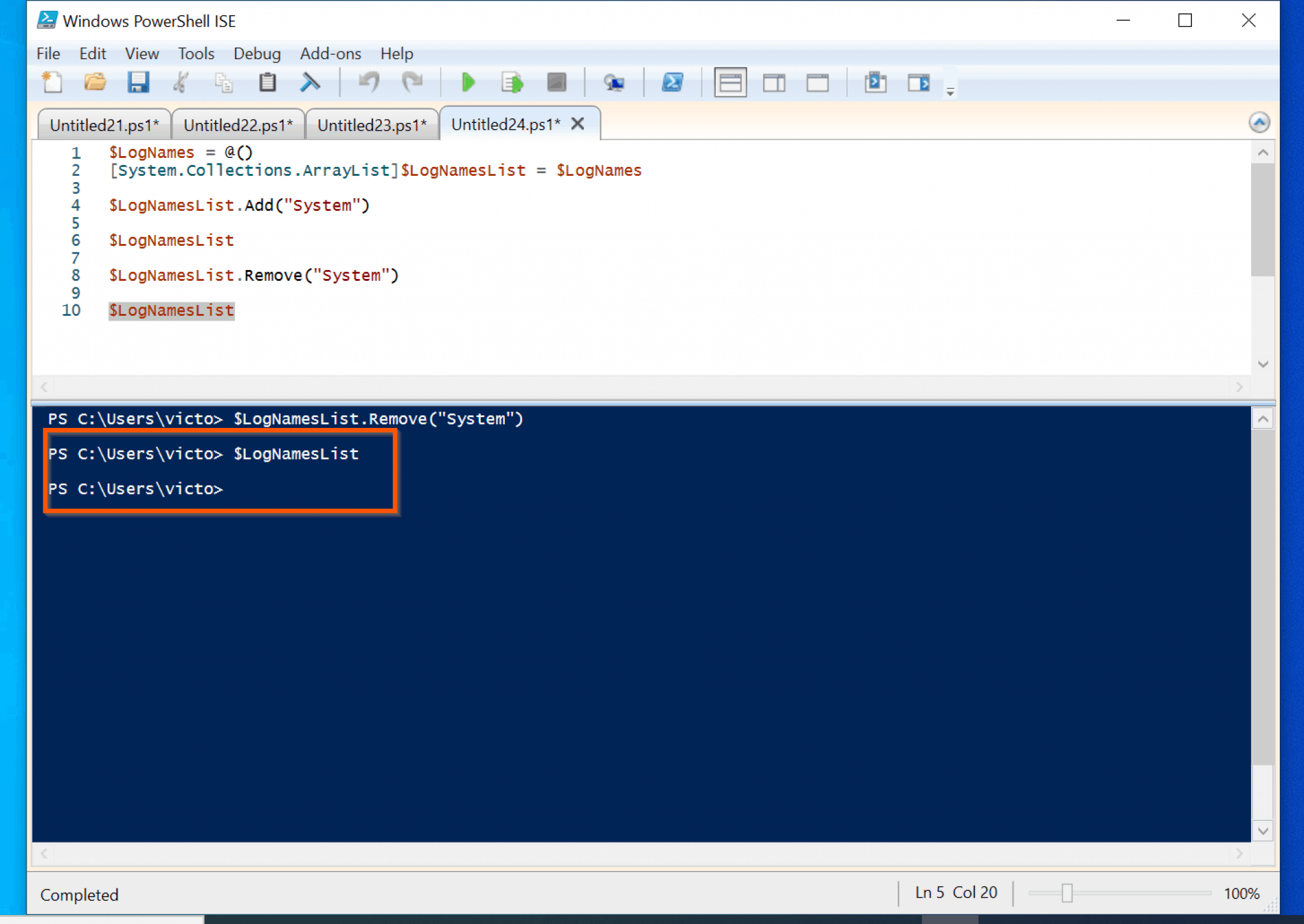
PowerShell Array and Add to Array Applications and Examples
1. The syntax for the Plus Equal Operator (+=). $array1 = @ (value1, Value2, value3) $array1 += "Value4" 2. With the Add () method of the array list. $arr = [System.Collections.ArrayList]@ ('Value1', 'Value2', 'Value3') $arr.Add ('Value4') How does PowerShell add to array Works?
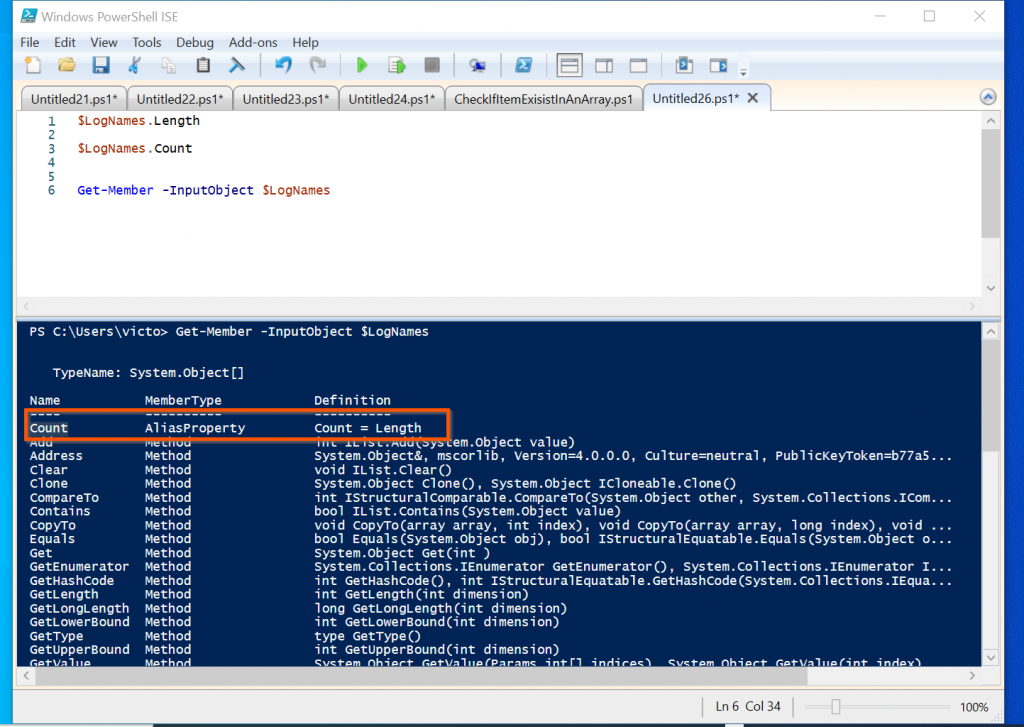
PowerShell Array and Add to Array Applications and Examples
By Victor Ashiedu | Updated March 3, 2023 A PowerShell array stores a collection of the same or different types of items. In this Itechguide, you will learn all you need to know about PowerShell array. This comprehensive guide starts by discussing the syntaxes of different PowerShell arrays.
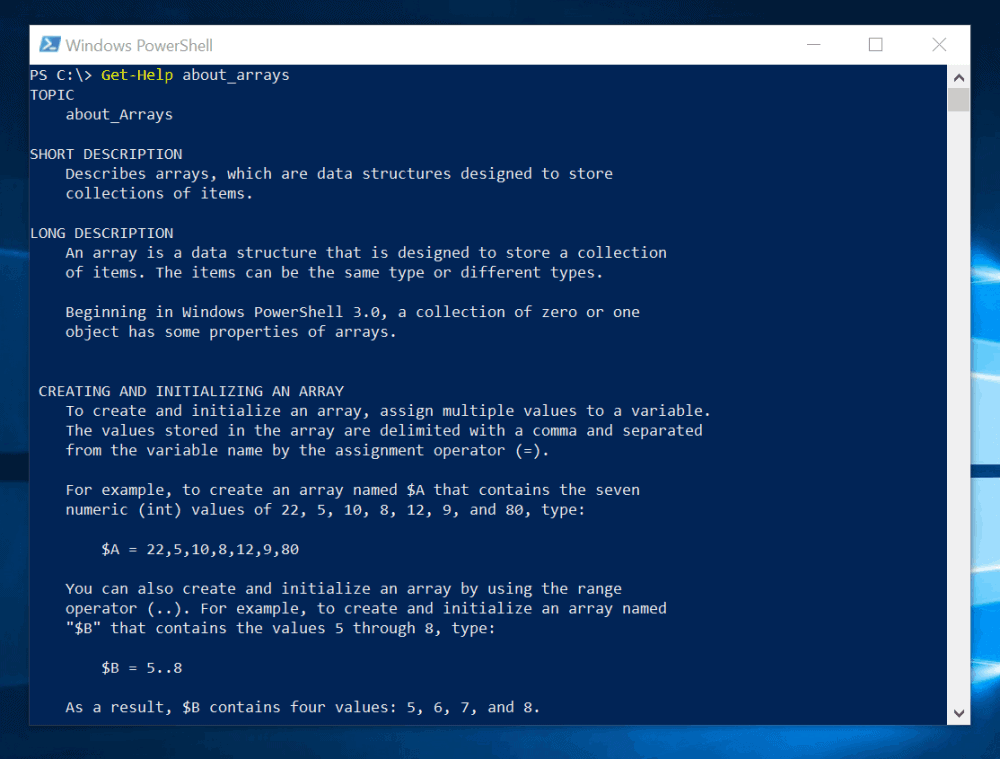
Powershell Add AD Computers to Array
You can create an array and add items to it in PowerShell. We have created an array $Days as shown below. $Days = "sunday", "monday", "tuesday" When you add the item to an array using Array.Add (), it will display an error because the array's length is fixed and cannot be extended. $Days.Add ("wednesday") Output:
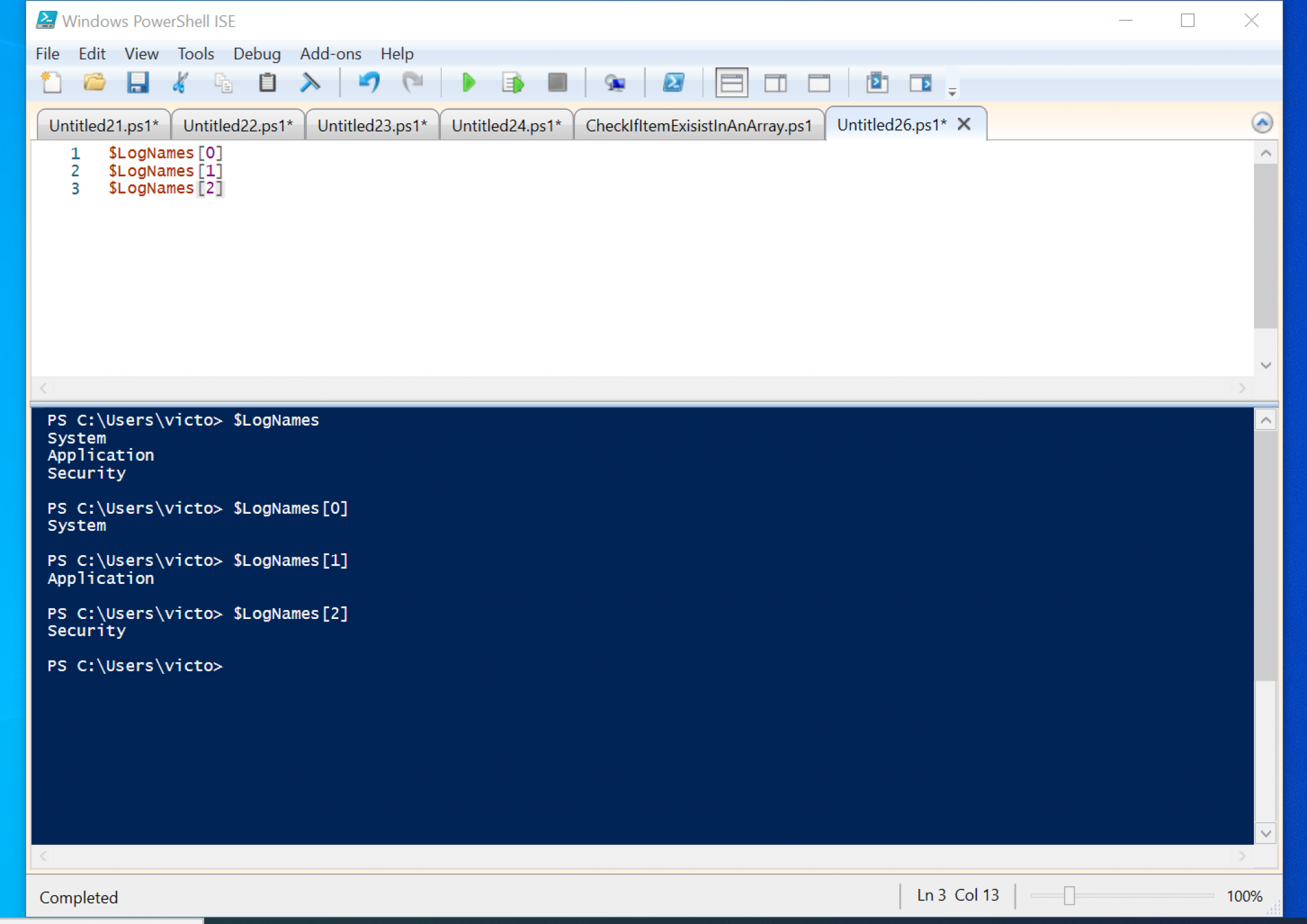
PowerShell Array and Add to Array Applications and Examples
How do I dynamically add elements to arrays in PowerShell? Asked 11 years, 1 month ago Modified 9 months ago Viewed 132k times 30 I don't have much PowerShell experience yet and am trying to teach myself as I go along. I'm trying to make some proof of concept code for a bigger project.
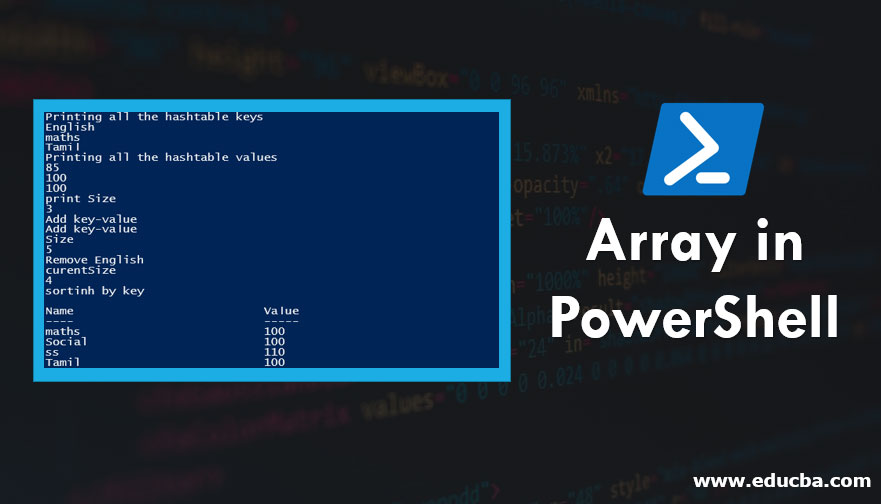
Array in PowerShell Complete Guide to Array in PowerShell with Example
Summary: Learn how to add, modify, or verify values in a Windows PowerShell array, and discover two easy techniques for sorting your array. Hey, Scripting Guy!. PT, that is all there is to modifying values in an array, adding to an array, checking to see if an array contains a specific value, and sorting the array. Array Week will continue.
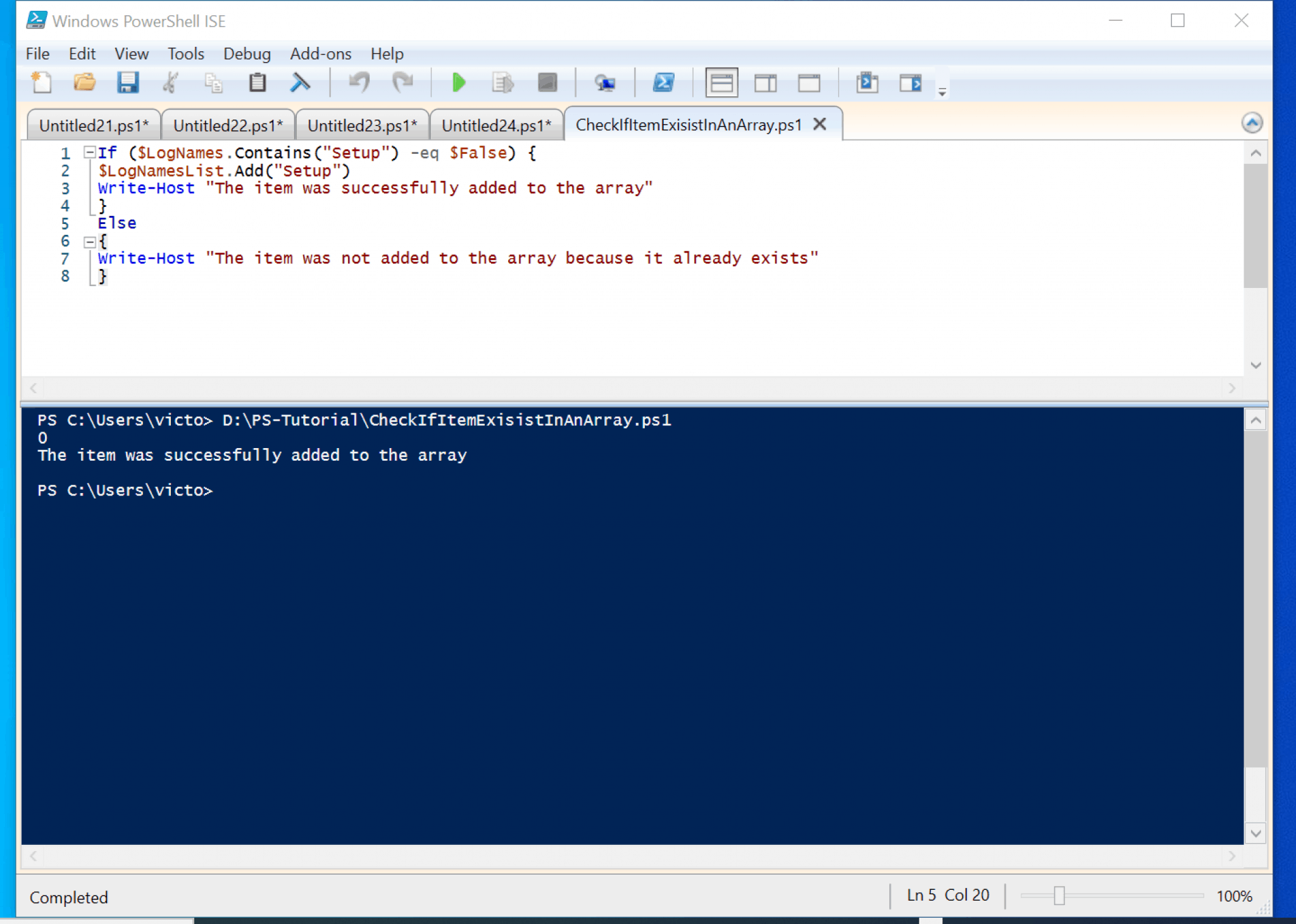
PowerShell Array and Add to Array Applications and Examples
15 In PowerShell v2, I'm trying to add only unique values to an array. I've tried using an if statement that says, roughly, If (-not $Array -contains 'SomeValue'), then add the value, but this only ever works the first time. I've put a simple code snippet that shows what I'm doing that doesn't work and what I've done as a workaround that does work.
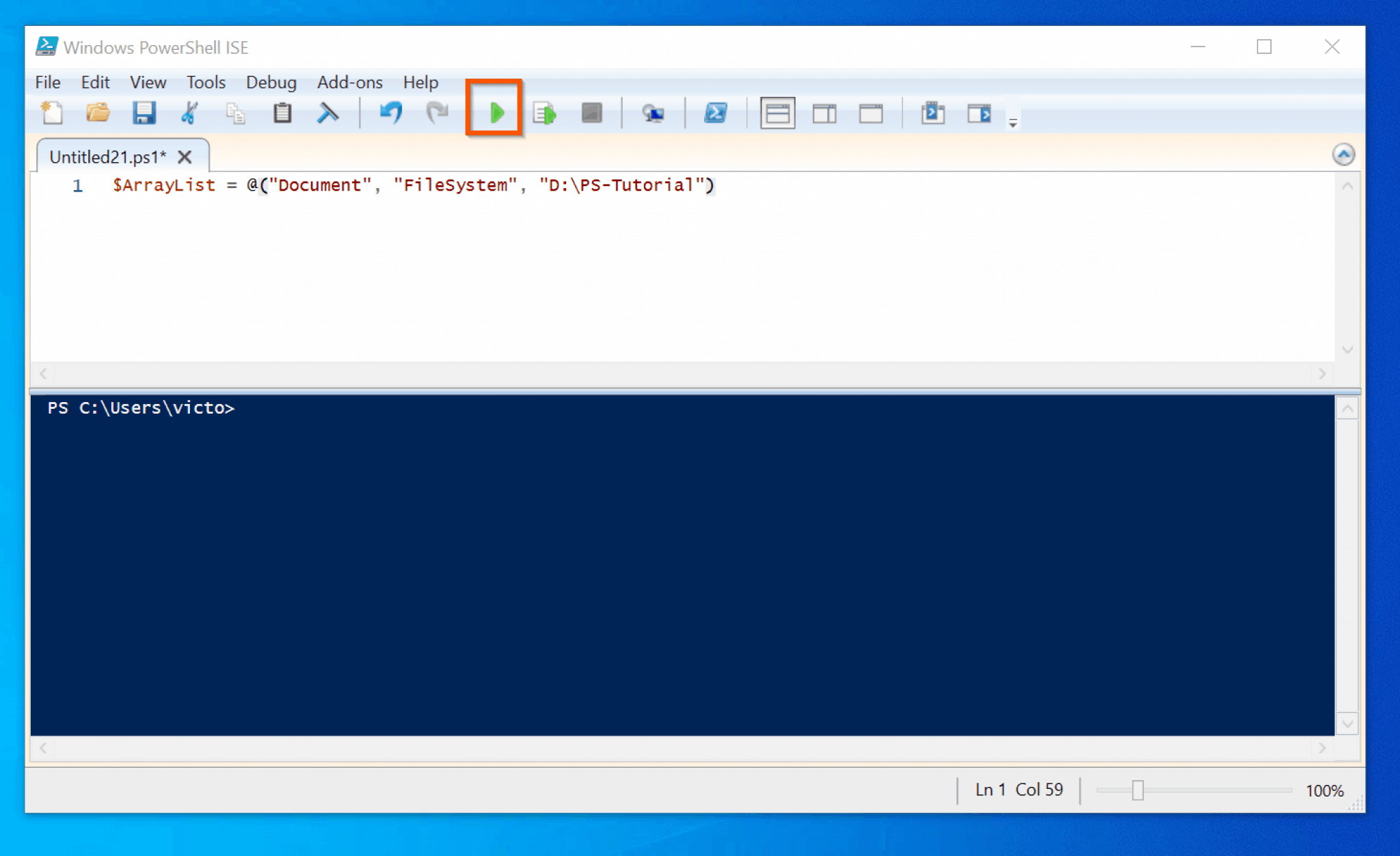
PowerShell Array and Add to Array Applications and Examples
Basic usage Because arrays are such a basic feature of PowerShell, there is a simple syntax for working with them in PowerShell. Create an array An empty array can be created by using @ () PowerShell PS> $data = @ () PS> $data.count 0 We can create an array and seed it with values just by placing them in the @ () parentheses. PowerShell
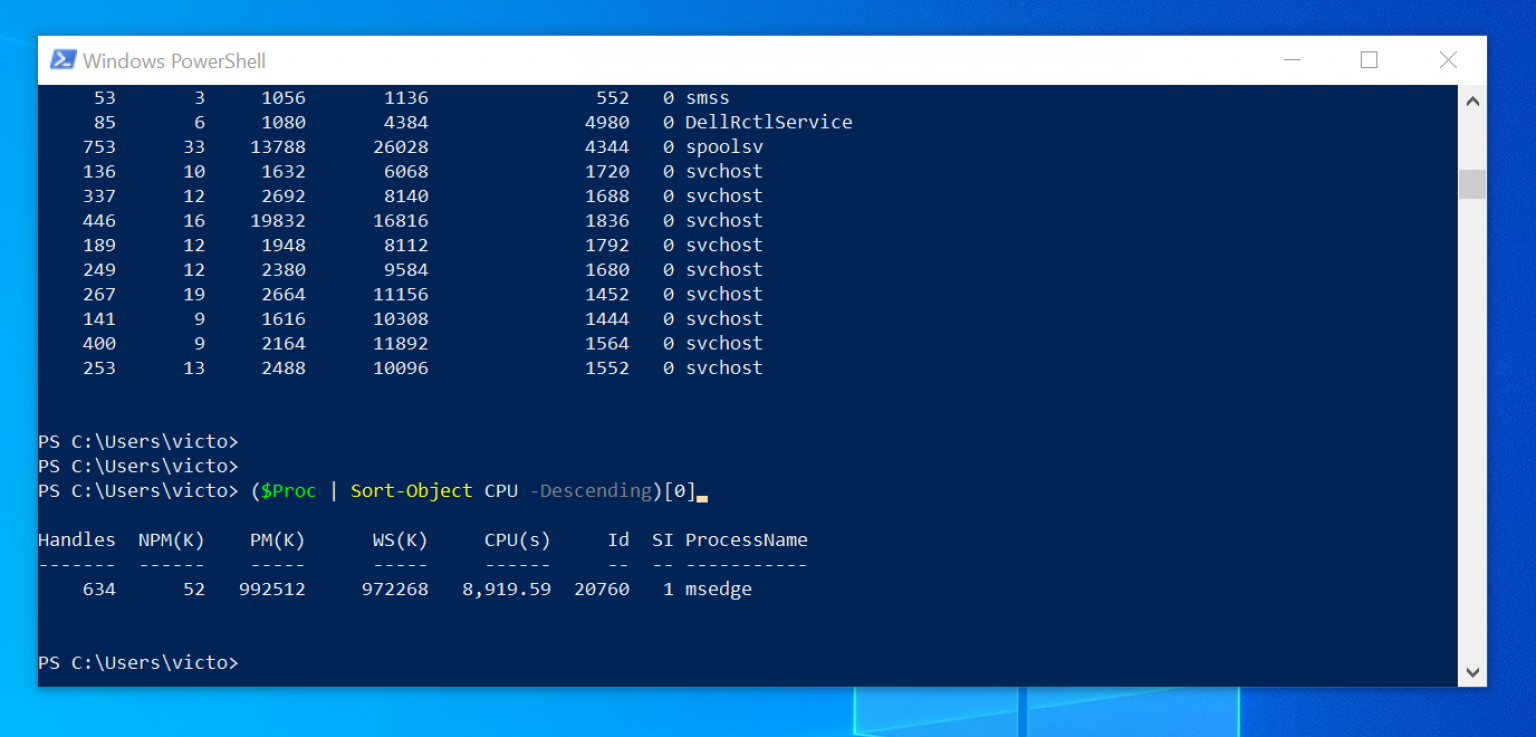
PowerShell Array and Add to Array Applications and Examples
The easiest and most straightforward way to create an array in PowerShell is to assign multiple items to a single variable. For example, if we want to create an array of fruits, we can simply do: $fruits = 'apple','raspberry','kiwi' # Result of $fruits: apple raspberry kiwi Using the @ () notation
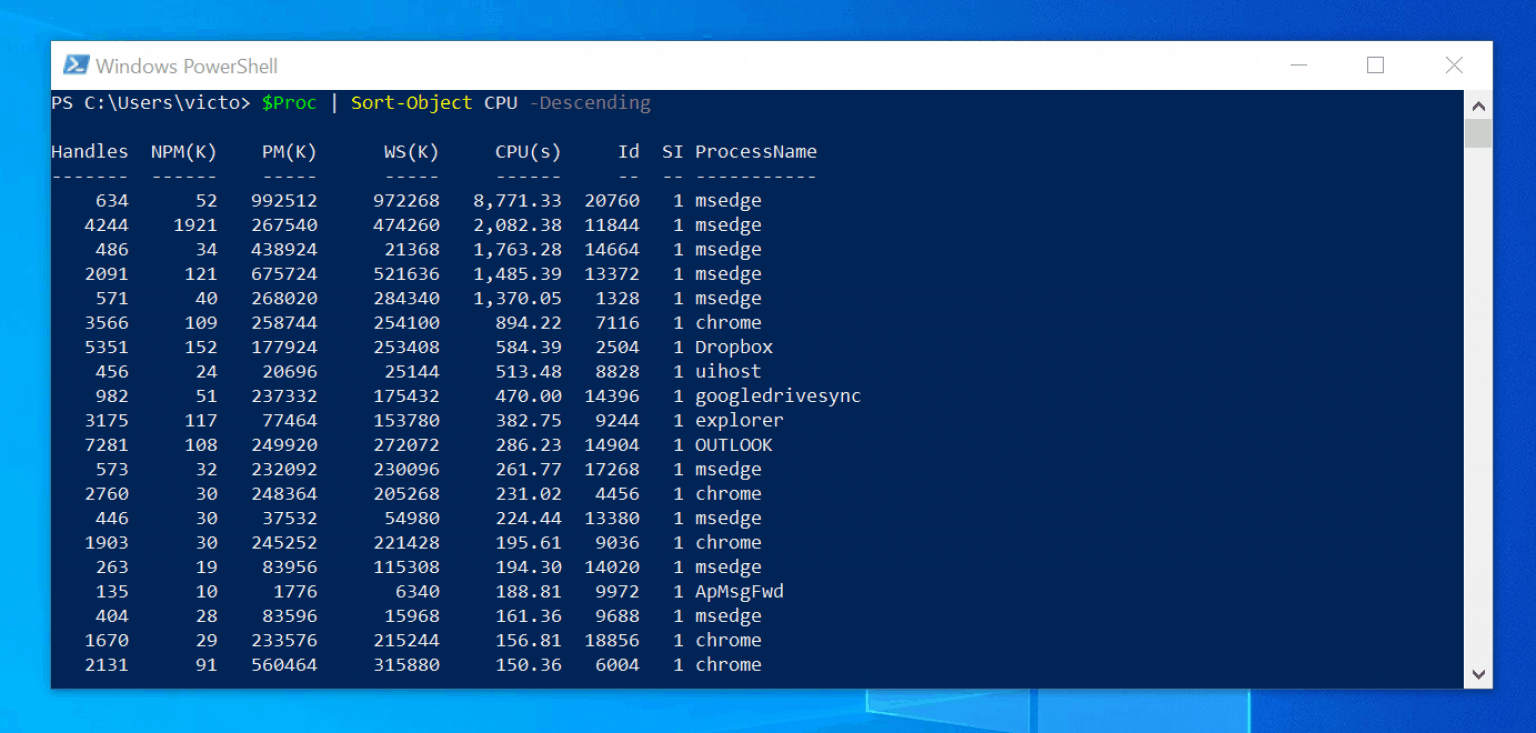
PowerShell Array and Add to Array Applications and Examples
$50,000 - $100,000 Get Started Today! Table of Contents Often times when writing PowerShell scripts, you need a way to store a set of items. One common way to achieve this is with an array or specific type known as an ArrayList. But what is an array anyway? An array is a data structure that is designed to store a collection of items.
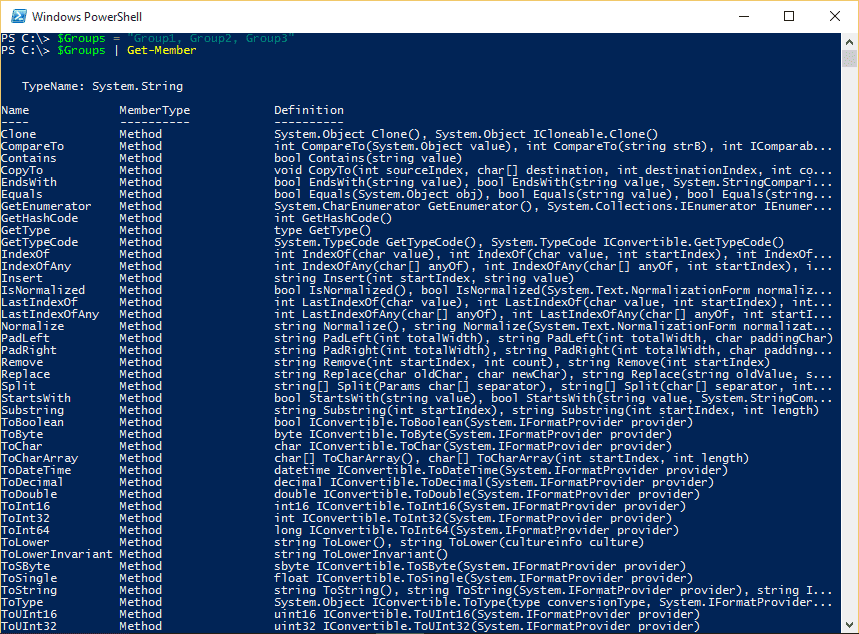
PowerShell Array and Add to Array Applications and Examples
There are several ways to create arrays in Powershell, but the easiest is to run this command: @ () This will create an empty array. An empty array is not that useful, however, so let's add some fruits to our new array. These will be represented as text strings. To do that, run this command.
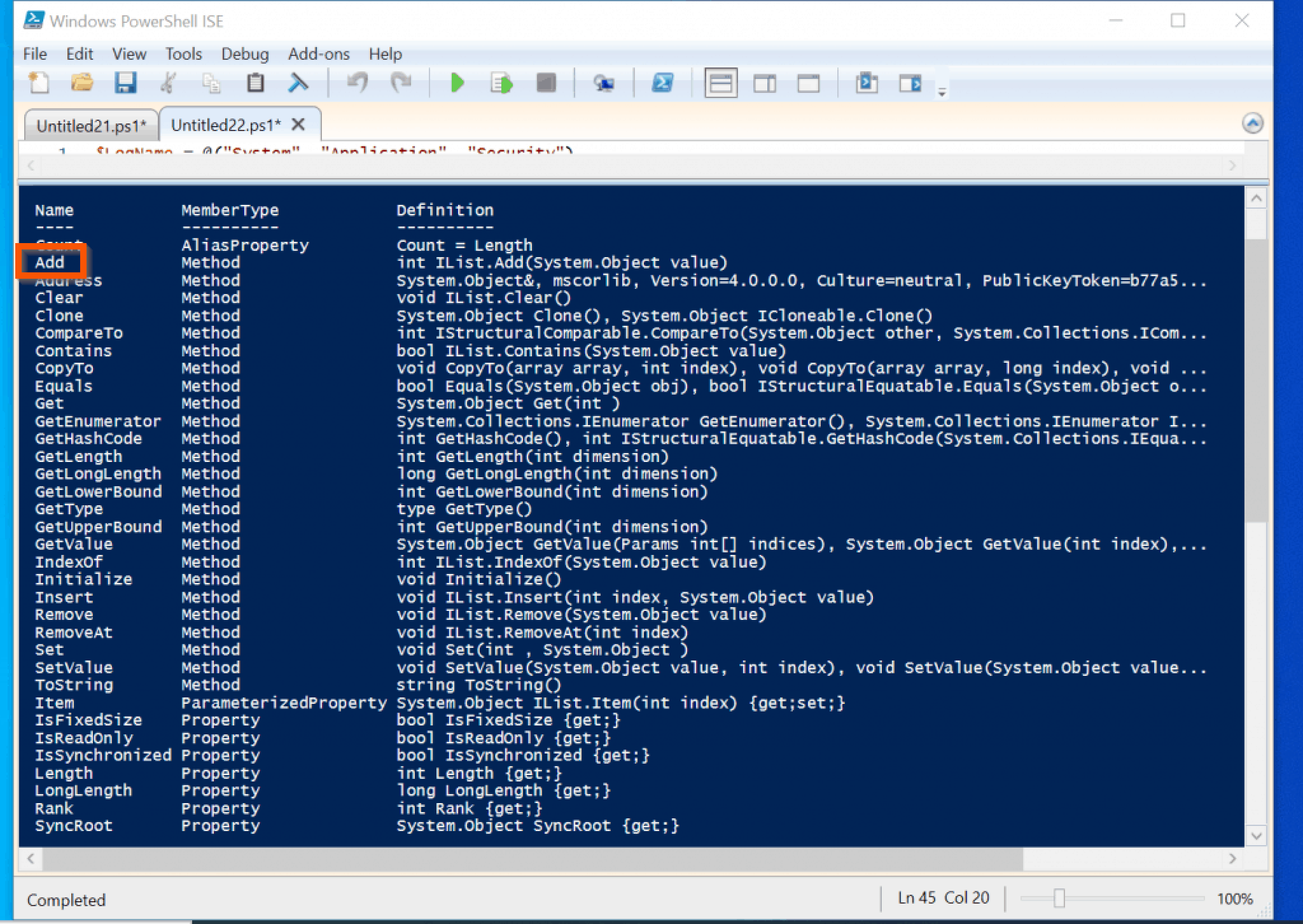
PowerShell Array and Add to Array Applications and Examples
How-to: Create and use PowerShell Arrays A PowerShell array holds a list of data items. The data elements of a PowerShell array need not be of the same type, unless the data type is declared (strongly typed). To create an Array just separate the elements with commas. Create an array named $myArray containing elements with a mix of data types:
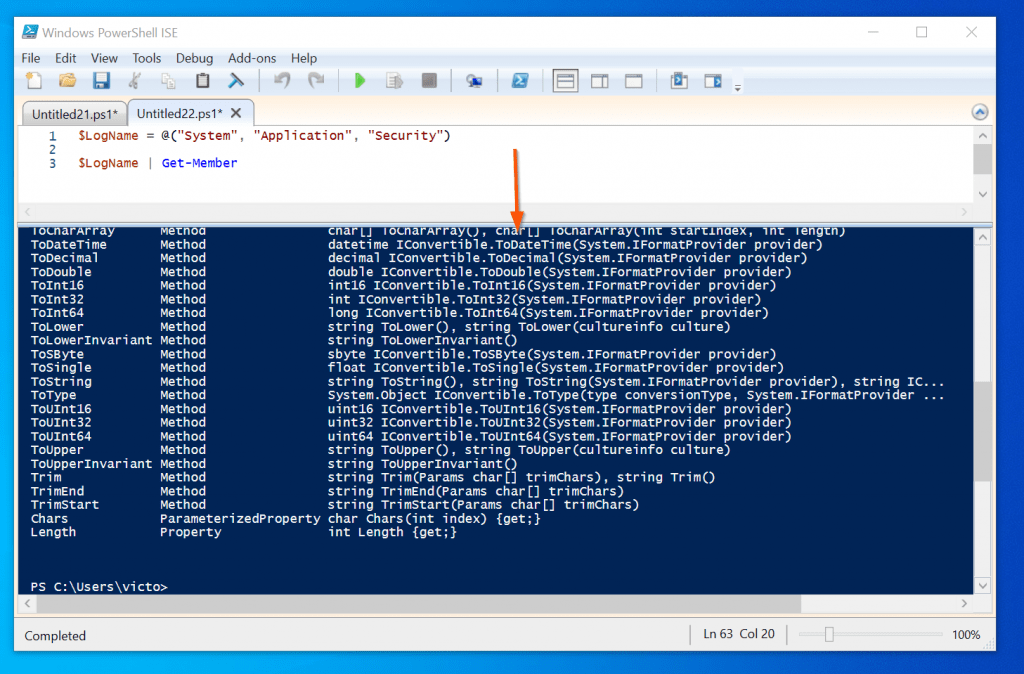
PowerShell Array and Add to Array Applications and Examples
Ok, so you want to add an unknown number of properties to an existing object. That's not that hard to do using the Add-Member cmdlet. Next you just need to structure a loop so that adding those properties is easy to understand, which we can do using a For loop. Lastly you need to make sure that the first record in your array has all of the potential properties.
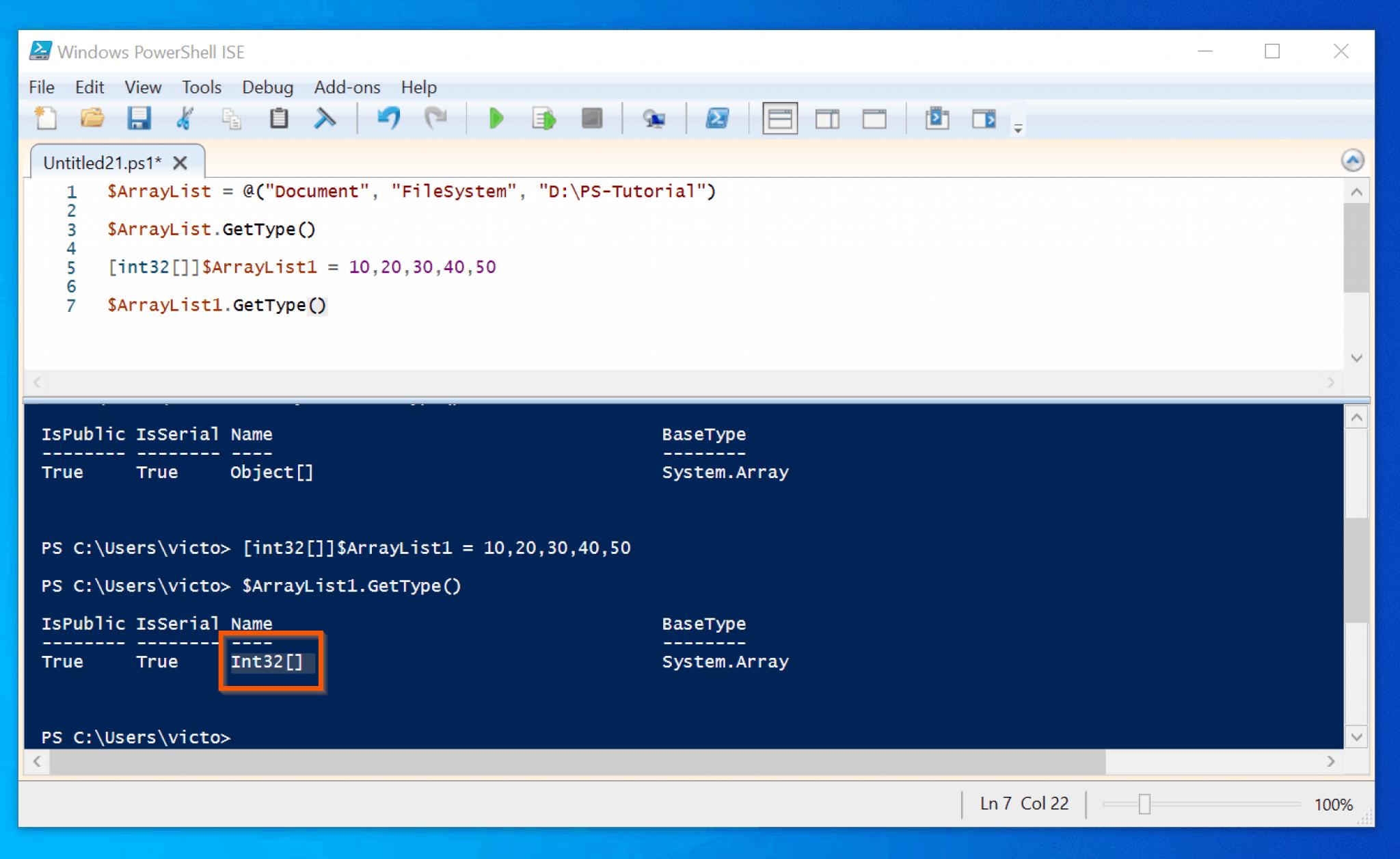
PowerShell Array and Add to Array Applications and Examples
3 Answers Sorted by: 118 To append to an array, just use the += operator. $Target += $TargetObject Also, you need to declare $Target = @ () before your loop because otherwise, it will empty the array every loop. Share Improve this answer Follow answered Jun 29, 2012 at 17:11 SpellingD 2,583 1 18 13 11 += kills puppies. - js2010

PowerShell Array and Add to Array Applications and Examples
Short description Describes arrays, which are data structures designed to store collections of items. Long description An array is a data structure that's designed to store a collection of items. The items can be the same type or different types. Beginning in Windows PowerShell 3.0, a collection of zero or one object has some properties of arrays.

PowerShell Array and Add to Array Applications and Examples
A single array can have any combination of these items. Each item is stored in the index number, which starts at zero. The first item is stored at 0, second at 1, third at 2, etc. An array of objects is the collection of objects. This tutorial will teach you to add objects to an array of objects in PowerShell.
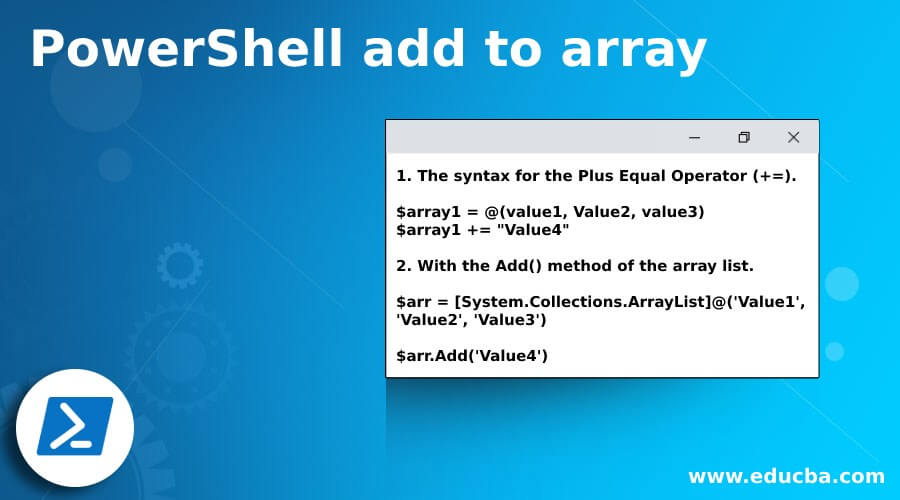
PowerShell add to array How does PowerShell add to array Works?
1 I love stackoverflow. i've been looking for how to do this the whole day, just to find the weird comma-solution. Just for the reference, i was doing this with strings, without the comma's. When you ask for $arrayAll [0] [0] then, for example, you get the first character of the first string.